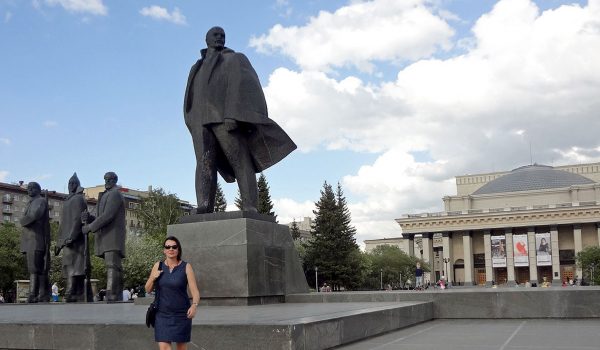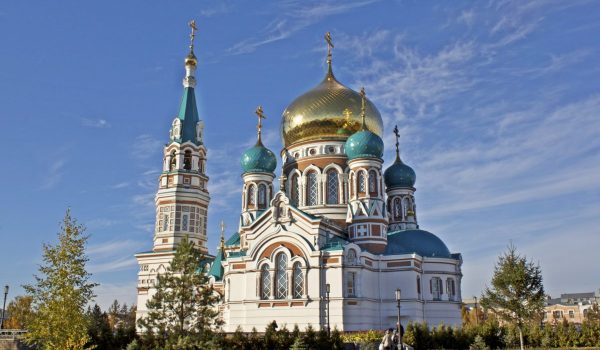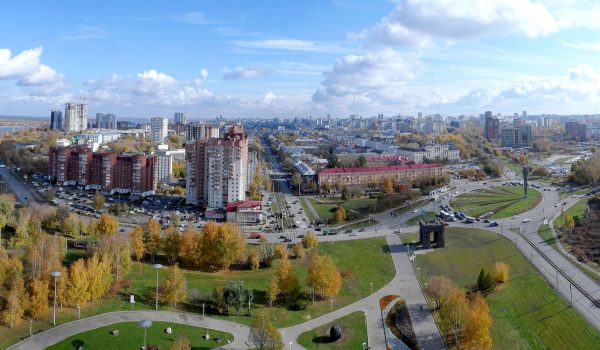The Krasnoyarsk Territory is rich in forest resources and in minerals. Its capital, Krasnoyarsk, is Siberia’s third-largest city and a major industrial centre. Originally a gold town, the city is nestled in the hills on the Yenisey River, and is the hometown of the Siberian Dance Ensemble.
Krasnoyarsk does claim a few hidden attractions to await discovery, including a number of historic churches and mansions.
Russia’s most-visited national park is the Stolby Nature Reserve, across the river from the Krasnoyarsk city centre. Fingers of volcanic rock poke through wooden slopes. English-language tours are now available, but be aware that predatory ticks can transmit severe infection in mid-summer, if not kept at bay by pre-departure encephalitis jabs.
Natural wonders
A meteoritic mass of about 700 kg was detected in 1749 at a locality about 233km (145 miles) south of Krasnoyarsk. It was inspected by P.S. Pallas in 1772 and then transported to Saint Petersburg. Krasnoyarsk was the first pallasite meteorite ever found and studied and led to the creation of the Pallasite group named in honour of Pallas. It was also the first meteorite ever etched with acid and therefore was the first to reveal the characteristic Widmanstätten pattern of interlaced nickel-iron crystals. The main mass of 515 kg is now held at the Academy of Sciences in Moscow.




